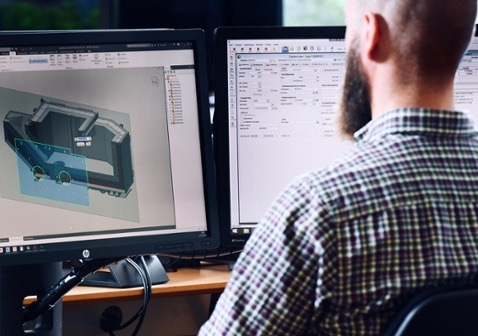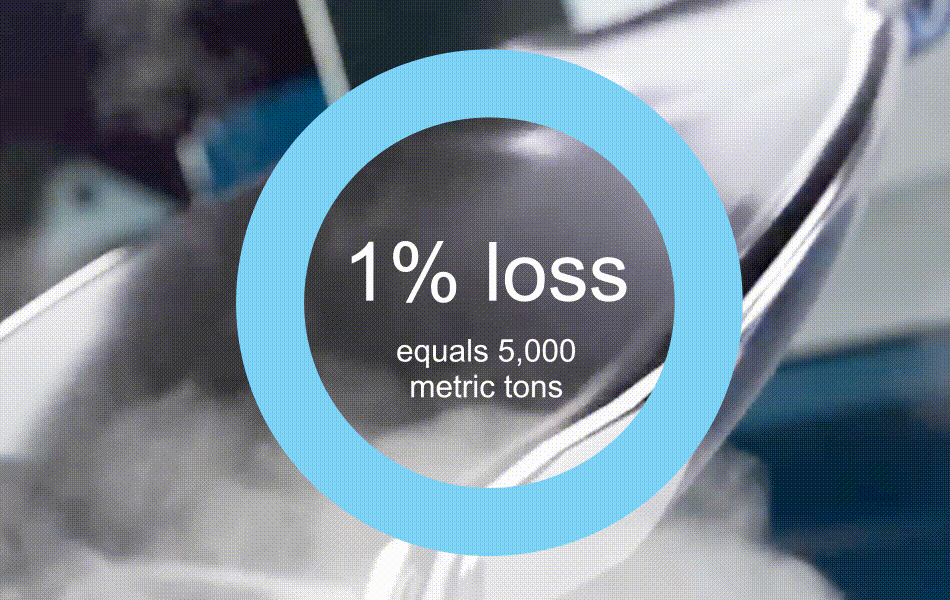How to cut furnace costs
Looking into cost savings can have a significant impact on your business. In this article, we provide you with essential tips on how to tackle your...
Efficient use of materials is key to cost reductions. When it comes to aluminum foundries, there are numerous strategies to cut costs. In this article, our experts share some of our top tips on how to improve metal yield so you too can capitalize on these insights and lower your production costs.
One significant approach is reducing energy consumption. An additional cost-driving factor to include, especially when considering non-ferrous raw materials and their logistics, is metal loss.
It's widely acknowledged among industry leaders that metal loss stands as a great opponent to cost efficiency. Enhancing yield remains the greatest objective for die casters aiming to decrease waste and enhance their return on investment (ROI).
When examining the service lifetime of a melting furnace, energy consumption and metal loss collectively account for up to 95% of the overall costs.
Even a mere 1% loss in annual melting output, may result in 5000 tons of aluminum alloy, which equates to a financial setback of approximately 70,000 EUR.

To capitalize on this opportunity, let's explore the primary causes of metal loss, along with tips and technologies to tackle them effectively.
The loss of metal during melting, transfer, and dosing invariably links back to aluminum oxidation. Aluminum and its alloys are swift to oxidize, especially in molten states, where higher temperatures speed up the process. Exposure to air catalyzes the formation of aluminum oxides, varying in type and significantly affecting metal quality and scrap rates.
The level and type of oxidation influencing the yield can be influenced by various furnace operations. From metal addition methods to flux usage, burner placement, and flame strength, these processes collectively impact oxidation and, consequently, the overall usable yield. However, targeted solutions exist, designed explicitly to curtail oxidation opportunities, and minimize oxide disturbance within the melt, thereby bolstering usable yield.
Each process between melting and casting introduces potential metal loss. Adopting combination technologies, like multi-purpose melting devices, proves beneficial. These units integrate functions and eliminate separate processes, preserving metal yield. Alternatively, solutions like the 2-in-1 or 3-in-1 melting furnaces streamline operations and are adaptable to various foundry setups.
Dosing furnaces, known for favorable metal yield, require precision in heat distribution and temperature control. Features like pro-dose, short transfer launders, and integrated metal treatment systems enhance metallurgical quality and ensure a high usable yield.
By focusing on the three key aspects: minimizing oxidation, optimizing furnace design, and streamlining processes, foundries can maximize metal yield and boost cost-efficiency significantly.
The level and type of oxidation caused, and ultimately how this affects quality and overall yield, can be influenced by several processes linked to furnace operations including how molten metal is added, scrap/ingot ratios, flux additions, degassing, burner placement, and flame strength, etc.
Looking into cost savings can have a significant impact on your business. In this article, we provide you with essential tips on how to tackle your...
In the industrial sector, companies increasingly explore more innovative and sustainable solutions to reduce their carbon footprint and meet their...
Støtek sells a minority stake to the investment company Industri Udvikling. The goal has been to find a partner to continue the company's global...
